2015 – what’s in store
Waitrose predicts the next big food trend will be Peruvian and all things South American
Brazilian cuisine is expected to continue to gain in profile in the run-up to the Rio Olympics
The nation’s favourite snacks and drinks will go upmarket next year with “rebooted” classics appearing on-shelf with “surprising twists”
The Waitrose Food & Drink Report 2014 says classic recipes will get a rethink, sparkling wine will be less and less likely to be saved just for special occasions, Tequila will continue to develop beyond “slamming” and drinkers will branch out, trying Japanese whisky, switching from the safe ground of sauvignon blanc to wines made from Albariño or Grüner Veltliner grapes
Britain has become much thriftier - probably for the better - with shoppers refusing to relinquish the shopping habits they adopted during the recession, says Waitrose MD Mark Price in the introduction to The Waitrose Food & Drink Report 2014, unveiled this week.
Britons’ culinary curiosity, their love of good food and their desire to eat healthily remains constant, however, he adds.
We are fast becoming a nation of foodies as an increasing number of people have moved from seeing eating as functional to viewing it as an experience to be relished and enjoyed.
The Waitrose Food & Drink Report 2014 - the supermarket’s second annual look at what Brits are eating - identifies seven key trends:
1. Time-poor shoppers: Convenience shopping has taken centre stage as life becomes busier and time more precious, but not at the expense of quality. Britons are shopping locally and more frequently than ever before, with spending up in convenience stores and a quarter of us visiting one every day. Eight out of 10 shoppers travel less than a mile to their nearest shop, and six out of 10 of those trips are made on foot. All of this has had an impact on what we eat today. Paul Yarrow, Waitrose fresh produce technical manager, says: “People are shopping for now rather than for later in the week.”
2. Global explorers: Matthew Frost, Waitrose head of grocery, says world cuisine is now no longer about countries but about individual states or regions within those countries. “Instead of Indian food, we’re just as likely to ask for Keralan or Goan dishes.” We have also adopted a mix-and-match approach, using ingredients associated with one country in dishes from another. Yuzu, a Japanese citrus fruit, is now often used in French dressings, and kimchi, fermented cabbage from Korea, is used as a burger dressing, for example.
3. Weekend foodies: Friends and family are taking more time to feast adventurously together at weekends. Convenience rules during the week, but this year has seen the rise of the adventurous weekend foodie. In a survey, four in 10 people say weekends have become more of an “event” in terms of what they eat, while a fifth of households are cooking for friends at weekends more often than they were even a year ago. There is more scratch cooking and a new pride about cooking at home at weekends.
4. Flexitarianism: A huge surge in so-called flexitarianism, with shoppers opting for more veg and less protein has emerged this year. Dr Jo Lunn, senior nutritionist, says meat-free Mondays are now the norm for increasing numbers. “People are adding meat-free days or meat-free meals to their diets,” she says. “Flexitarianism is an interesting new trend. It’s not about going vegetarian - it’s about accepting that a plant-based diet is good for Health and can taste great.”
5. Permanently healthy: Healthy eating messages have hit home. Waitrose says sales of its free-from dairy and wheat products have jumped 22%, and lower-alcohol wines and sugar-free alternatives have also proved increasingly popular with health-conscious customers. We no longer believe eating healthily is a negative choice involving tasteless food.
6. Eat it, tweet it: Millions are using Facebook, Instagram and Twitter to share food photos, blog posts and recipes, and food trends can spread instantly. “Because of social media, people are very aware of what’s in products and they’re learning more about ingredients, says Gordon McDermott, course manager at The Waitrose Cookery School.
7. Rustic luxe: Back to basics has returned - increasingly elaborate recipes are out and simple, natural dishes are in. This new, stripped-back approach means that more and more, we are opting for straightforward unprocessed food. Products associated with Nordic cuisine - bold, clean, simple ingredients and strongly flavoured meats - are proving increasingly popular.




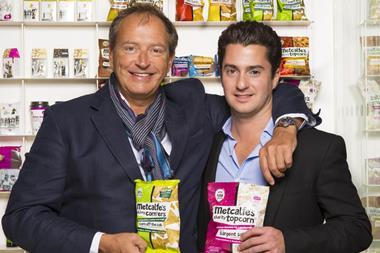

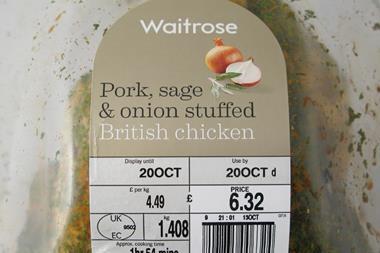





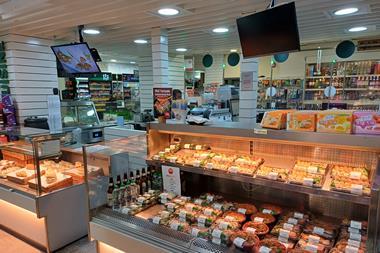
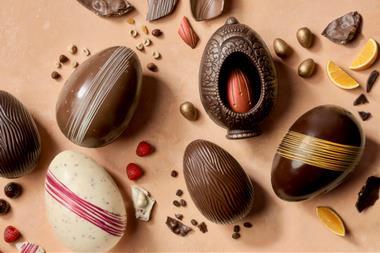
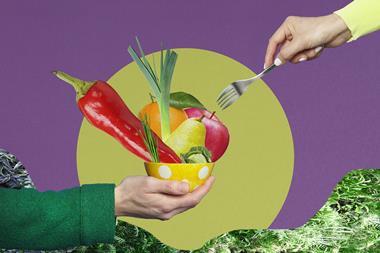
No comments yet